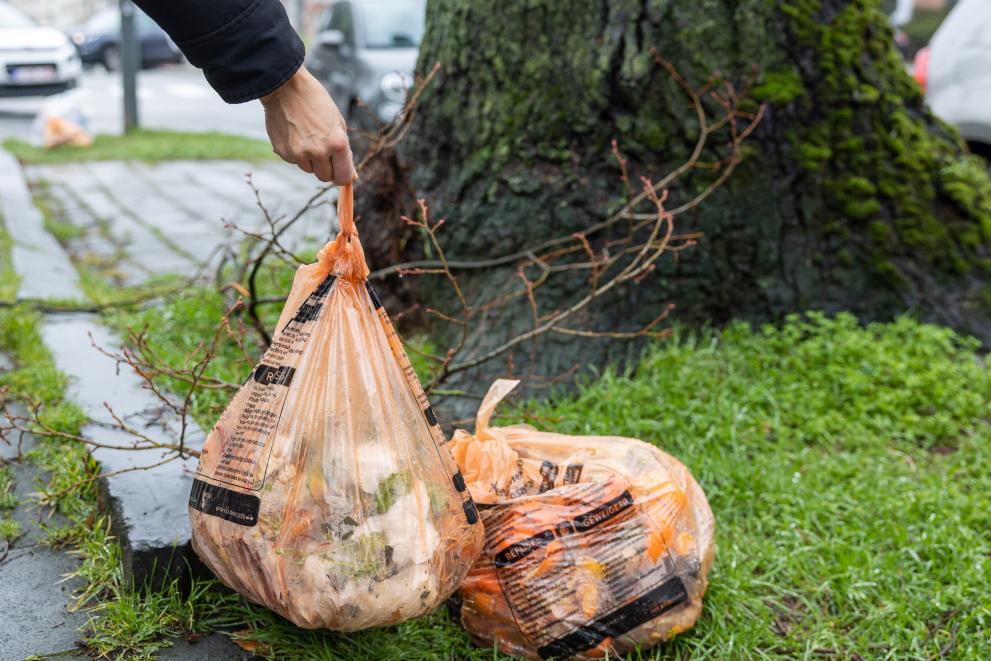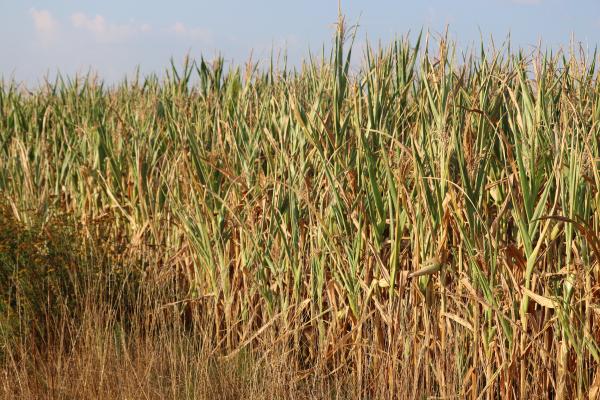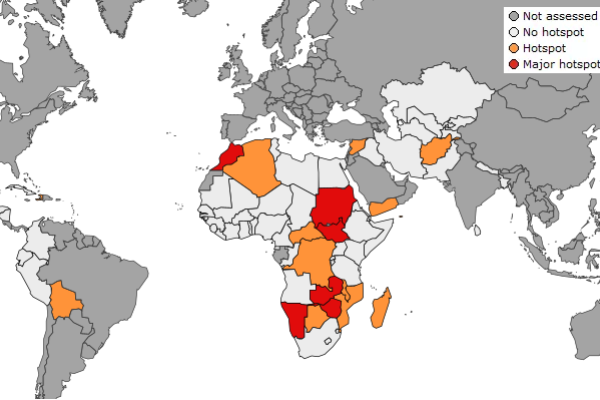
In 2020 in the EU, nearly 59 million tonnes of food went to waste. That is 131 kg wasted food per each of us living in the European Union or roughly 10% of all food supplied to restaurants, food services, retail and households. Scientists of the Joint Research Centre (JRC) estimated that food waste accounts for about 16% of total greenhouse gas emissions from the EU food system.
The United Nations (UN) Sustainable Development Goal (SDG) Target 12.3 calls for halving per capita global food waste at the retail and consumer levels and reduce food losses along the food production and supply chains. To accelerate the EU’s contribution to this global objective, today the European Commission is proposing targets to reduce food waste in the European Union.
Scientists of the Commission at the JRC analysed the potential economic, social and environmental impacts of cutting EU food waste by 2030 with the global economy-wide model called MAGNET (Modular Applied GeNeral Equilibrium Tool). In addition, environmental benefits linked to food waste reduction have been assessed with tools developed for the Consumption Footprint indicator.
The impact of three reduction scenarios was calculated, with decreases of around 12%, 23% and 41% in EU food waste, involving different level of food waste cuts across the supply chain.
Results show that with such decreases in food waste, households in the European Union could save 220-720 euros on average every year. This would mean an over 6% decrease in the share of food expenditure in total household expenditures.
Wasting less food could help to mitigate food prices. For example, the JRC report estimates that the price of vegetables could decrease by up to 4%, while fruit prices could come down by 2%. Furthermore, it estimated that cutting food waste could lead to a reduction of greenhouse gas emissions of up to 108 million tonnes, depending on the scenario considered.
The report also estimates lower EU demand for food, since with less food wasted, less food would need to be produced to feed the EU’s population. If the EU reduces food waste more quickly than other regions, the model shows that EU food exports would become more competitive worldwide. The resulting increase in exports could balance out some of the negative impacts of lower domestic demand for the EU’s food sector.
Initiatives saving thousands of tonnes of food
Beyond the modelling study, JRC researchers also conducted a targeted consultation amongst Member States and stakeholders in order to collect data on European food waste prevention initiatives. They received replies from 20 countries related to 62 initiatives. The initiatives covered are very diverse, in type, size and budget. They involve retailers, municipalities, consumers, civil society organisations, farmers, schools and other types of stakeholders.
Most of the surveyed initiatives concerned redistribution of surplus food. According to the survey responses, 15 different projects that provided this information cumulatively redistributed in one year 235 million meals.
Other types of initiatives include school programmes, digital tools, valorisation of surplus food, as well as projects targeting consumers, for example to raise their awareness on food waste. The surveyed initiatives have saved between 1 tonne and 265 thousand tonnes of food over one year.
Within the same report, JRC scientists also report on a survey of 145 initiatives carried out by EU Member States, aiming for example to achieve behavioural change, increase supply chain efficiency, foster redistribution and food valorisation or establish monitoring.
EU countries have taken different steps like informing on the meaning of date marking on food products to address misunderstandings that can lead to food waste, making donation of surplus food mandatory for certain sectors, reducing value added tax on donated food or financing relevant research.
On the other hand, monitoring and evaluation of food waste prevention policies and initiatives is not yet a widespread practice among EU countries, making it difficult to determine the effectiveness and efficiency of policies.
Helping Member States to address consumption food waste
Households are responsible for over half (53%) of food waste in the EU, wasting more than 31 million tonnes of food in 2020. The processing and manufacturing sector comes second with 20% of the EU’s food waste, followed by the primary production sector (10%), restaurants and food services (9%) and retail and other distribution of food sectors (7%).
Looking at what makes up the EU food waste, fruits and vegetables take the largest portion in the bin, accounting for 27% and 20%, respectively. Cereals (13%), meat (10%) and potatoes (10%) have a considerable share as well.
The European Consumer Food Waste Forum, a pilot project, financed by the European Parliament and coordinated by the European Commission, developed a compendium, a collection of best practices and tools to help both policymakers and practitioners to decrease food waste at consumption, i.e. in households, at restaurants and in other food services.
The compendium differentiates between six types of interventions, providing information on their estimated effectiveness, the most relevant target audiences and stakeholders, concrete examples for each and practical guidance, building also on practitioners’ experience. The six types are the following:
- Prompts and tools for households (e.g. recipes for utilising left-overs)
- Coaching for households (e.g. hands-on trainings in kitchens)
- Local awareness campaigns (e.g. media outreach and pop-up events)
- Classroom education programs and actions in school canteens
- Nudges out-of-home (e.g. doggy bags at restaurants to take home leftover food)
- National food waste prevention programmes
The examples of the compendium demonstrate that food waste reduction is achievable. The rich and practical information it provides can help EU Member States in engaging all players to take further action and achieve meaningful reduction in consumer food waste.
Binding EU targets on food waste reduction
The Farm to Fork Strategy adopted as part of the European Green Deal aims to reduce the environmental and climate footprint of the EU food system and facilitate the shift to healthy and sustainable diets. The Strategy set out the importance of tackling food loss and waste to achieving sustainability and confirmed the EU’s commitment to SDG Target 12.3.
To accelerate the EU’s progress towards this goal, the Commission is proposing to set food waste reduction targets to be achieved by Member States by 2030. These call for a reduction of food waste, by 2030, by 10% in processing and manufacturing, and by 30%, jointly at retail and consumption. By setting such targets, the Commission aims to ensure that Member States take action at the sufficient pace and scale required to make a solid contribution to SDG Target 12.3.
Details
- Publication date
- 6 July 2023
- Author
- Joint Research Centre
- JRC portfolios




